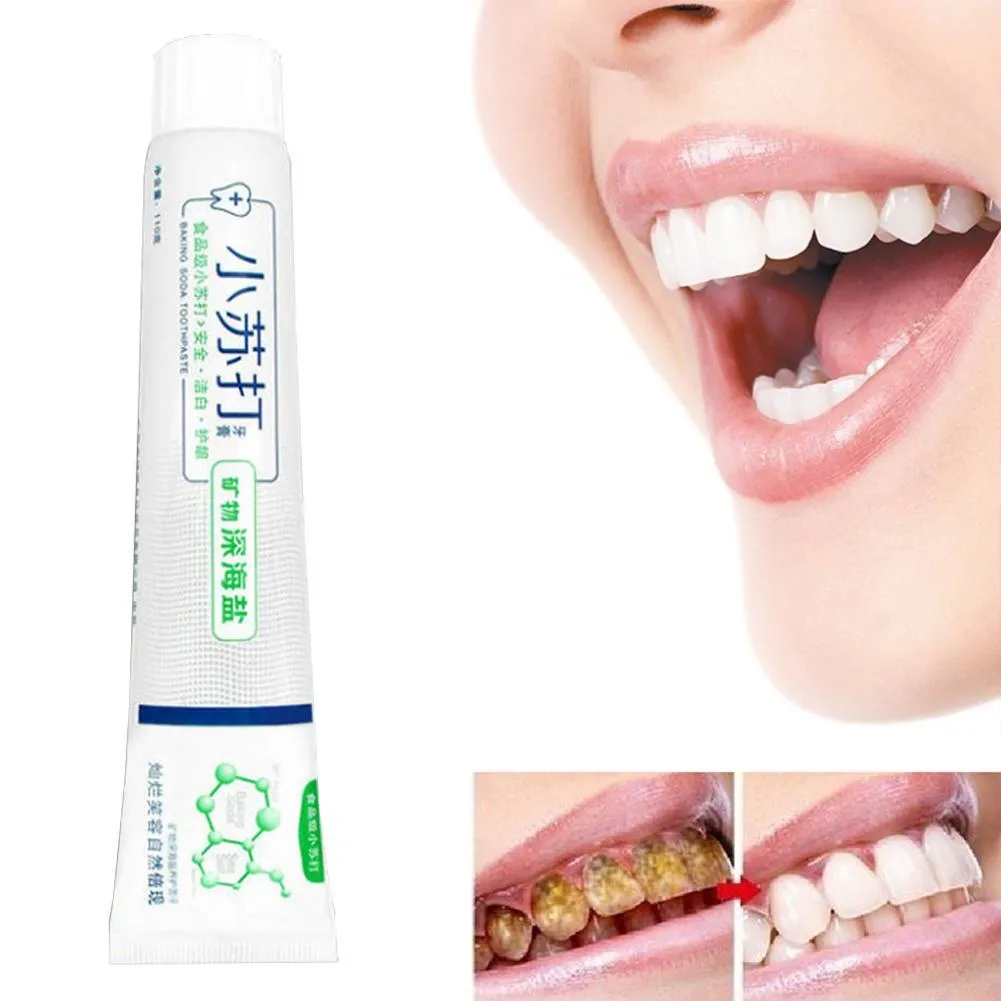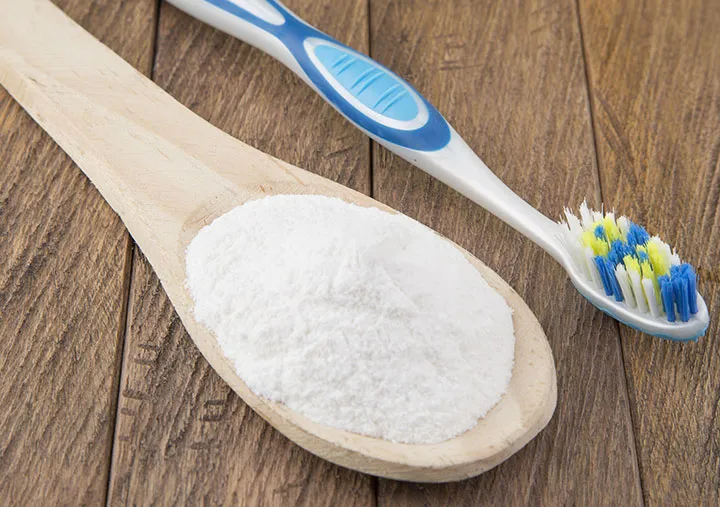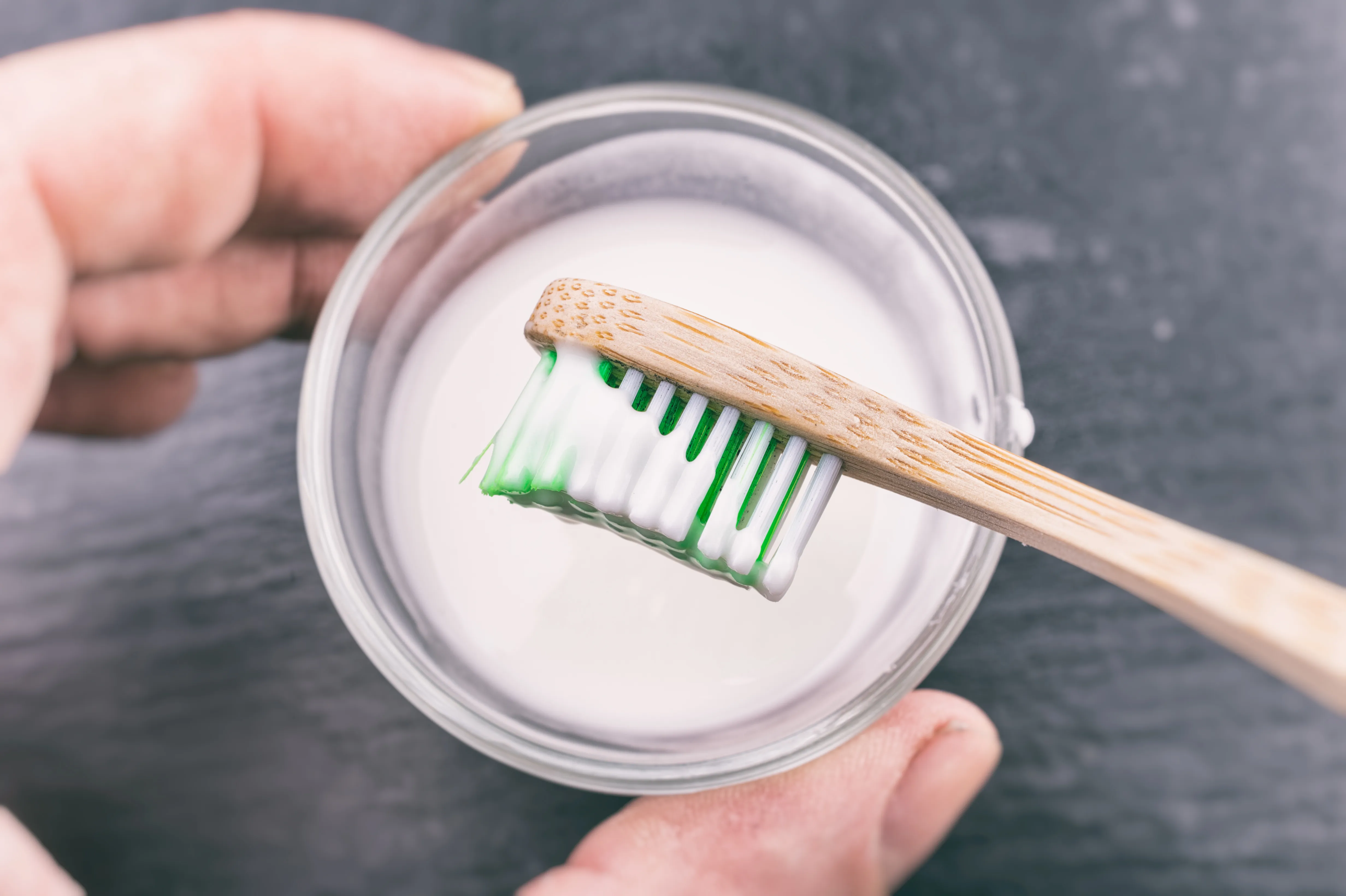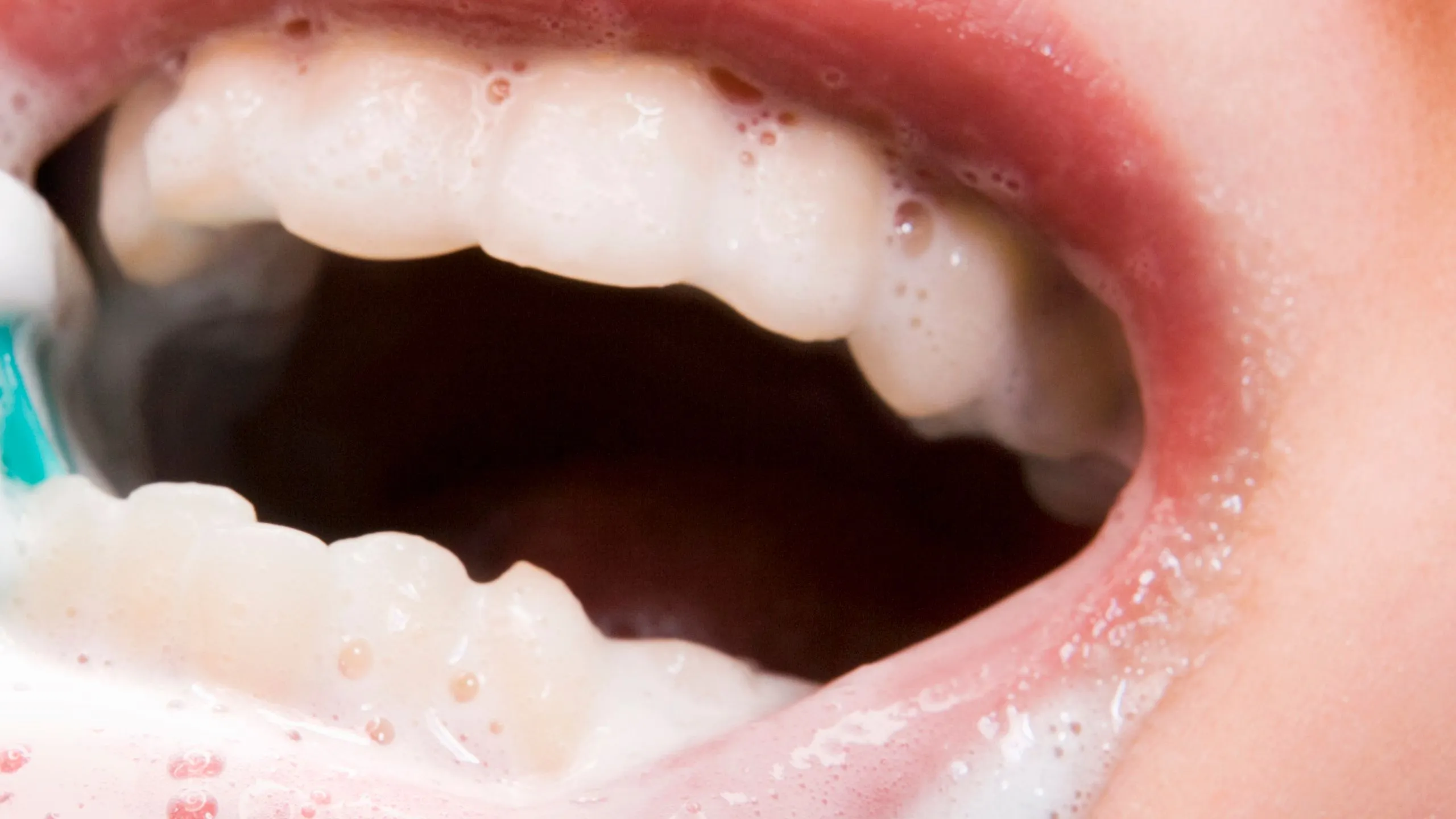The quest for a brighter, whiter smile has led many to explore natural and readily available solutions. Among these, baking soda has emerged as a popular remedy for teeth whitening. But how effective is this common household ingredient, and what is the science behind its purported benefits? This article delves into the mechanics of how baking soda works to whiten teeth, providing a comprehensive understanding of its effects, usage, potential risks, and alternative methods for achieving a dazzling smile. Understanding the properties of baking soda and its interaction with tooth enamel is crucial for making informed decisions about your oral health routine.
The Science Behind Baking Soda’s Whitening Power
Baking soda, also known as sodium bicarbonate, is a mild abrasive and a naturally occurring compound. Its effectiveness in teeth whitening stems from its physical and chemical properties. Understanding these aspects is key to appreciating how baking soda can influence the appearance of your teeth and contribute to oral hygiene. The abrasive nature of baking soda is a primary mechanism that contributes to its whitening effect.
How Baking Soda Polishes Teeth
The primary reason baking soda is considered for teeth whitening lies in its ability to act as a gentle abrasive, effectively polishing the tooth surfaces. This physical action helps to remove surface stains, which are often caused by consuming foods and drinks like coffee, tea, and red wine. The micro-abrasive action of baking soda helps to break down and lift these stains, thereby revealing the natural whiteness of the teeth. This process contributes significantly to the perceived whitening effect.
The Abrasive Nature of Baking Soda

Baking soda’s mild abrasiveness is a double-edged sword. While it helps remove stains, excessive or improper use can potentially damage tooth enamel. The abrasiveness is responsible for the stain removal process. However, it’s critical to use it carefully and in moderation to avoid any adverse effects on your teeth’s protective layer. Choosing the right consistency and application is key to minimizing potential harm while maximizing the whitening benefits.
Removing Surface Stains
The most immediate effect of using baking soda for teeth whitening is the removal of surface stains. These stains accumulate over time due to dietary habits and lifestyle choices. As baking soda gently scrubs the tooth surface, it dislodges these stains, revealing a brighter and cleaner appearance. The effectiveness in removing these superficial discolorations is a primary reason for its popularity as a home whitening solution.
The Chemical Reaction
Apart from its abrasive properties, baking soda also undergoes chemical reactions that support its whitening capabilities. The chemical properties of baking soda interact with the environment of the mouth, contributing to its overall effectiveness in promoting oral health and a brighter smile. These reactions are often subtle but play a crucial role in how baking soda works as a teeth-whitening agent.
Neutralizing Acids

Baking soda has the ability to neutralize acids in the mouth. Acids, often produced by bacteria that feed on food particles, can erode tooth enamel and contribute to tooth discoloration. By neutralizing these acids, baking soda helps to maintain a more balanced oral environment, which is crucial for overall dental health and can support the whitening process. This neutralization effect provides an additional layer of protection against tooth decay and staining.
Balancing pH Levels
Maintaining a balanced pH level in the mouth is crucial for preventing bacterial growth and reducing the risk of tooth decay. Baking soda can help to regulate the pH, creating an environment that is less conducive to the development of cavities and more favorable for maintaining healthy, white teeth. This pH-balancing property of baking soda complements its stain-removing capabilities.
Step-by-Step Guide How to Use Baking Soda for Whitening
Proper technique is crucial for safely and effectively using baking soda for teeth whitening. This guide provides a clear, step-by-step approach to integrate baking soda into your oral hygiene routine, ensuring you get the best results while minimizing potential risks. Following these instructions will help you achieve a brighter smile with the help of baking soda.
Mixing Baking Soda and Water

The first step involves mixing baking soda with water to create a paste. The ideal ratio is typically a few parts baking soda to one part water, though the exact amount can vary depending on your preferences. The goal is to achieve a paste-like consistency that is not too runny nor too thick. This consistency will allow for even application and gentle abrasion on the teeth surfaces, setting the stage for effective stain removal.
Creating the Paste
To make the paste, start by placing a small amount of baking soda in a clean container. Slowly add water, mixing continuously until you achieve a smooth, consistent paste. The water should be added gradually to prevent the mixture from becoming too liquid. The goal is a paste that is thick enough to adhere to your toothbrush yet gentle enough to avoid excessive abrasion. Adjust the water content to reach the desired consistency before proceeding.
Application Techniques
Once the paste is ready, apply it to your toothbrush. The amount needed is usually equivalent to the size of a pea. The technique involves brushing your teeth gently, ensuring that all surfaces are covered. Focus on a circular motion, applying light pressure to avoid damaging the enamel. Be sure to reach all teeth, paying attention to areas that show the most discoloration. A careful application ensures that the whitening effect is evenly distributed across your teeth.
Brushing Your Teeth

Brush your teeth with the baking soda paste for about two minutes. It is important not to brush too vigorously, as this can erode enamel. Gentle, circular motions are recommended to remove stains effectively without causing damage. Make sure to reach all surfaces of your teeth, including the back and the chewing surfaces. After brushing, rinse thoroughly with water to remove any remaining paste.
Frequency and Duration
Due to its abrasive nature, baking soda should not be used daily. It’s recommended to limit its use to once or twice a week. Overuse can wear down the enamel, leading to increased sensitivity and potential dental issues. It’s better to incorporate baking soda into your oral hygiene routine on a less frequent basis. Observing the condition of your teeth and gums is also crucial to make sure that your teeth are safe and getting the benefits of baking soda.
Potential Risks and Side Effects
While baking soda can offer some benefits for teeth whitening, it’s essential to be aware of potential risks and side effects. Understanding these can help you make informed decisions about your oral health. Being aware of these potential effects can prevent harm and ensure that you use baking soda safely.
Enamel Erosion Concerns

The primary concern associated with using baking soda for teeth whitening is the potential for enamel erosion. Baking soda’s abrasive nature can wear down the enamel over time, which protects the teeth from decay and sensitivity. When the enamel erodes, the underlying dentin becomes exposed, which makes teeth more susceptible to cavities and sensitivity to hot and cold foods and drinks. Using baking soda too frequently or brushing too aggressively increases the risk of enamel erosion.
Sensitivity and Irritation
Some individuals may experience increased tooth sensitivity or gum irritation from using baking soda. The abrasive action can irritate the gums, leading to inflammation, redness, and bleeding. Increased sensitivity to temperature changes is also a common side effect. These symptoms should be monitored, and if they persist, the use of baking soda should be discontinued or reduced. It’s also important to note that any signs of persistent irritation or sensitivity should be discussed with a dentist.
Gingivitis and Gum Issues
Overuse of baking soda can contribute to or exacerbate gingivitis and other gum issues. The abrasive nature can irritate the gums, causing inflammation and potential bleeding. It is crucial to brush gently and use the recommended frequency to avoid causing or worsening gum problems. Individuals with existing gum conditions should exercise particular caution and consult with a dental professional before using baking soda for teeth whitening.
Alternatives and Complementary Methods

If you’re looking for alternatives or complementary methods for teeth whitening, there are several options to consider. These methods can offer varying degrees of effectiveness and involve different approaches. Exploring these alternatives allows you to find the most suitable approach for your individual needs, ensuring both a brighter smile and the preservation of your oral health. It’s often beneficial to combine different techniques for optimal results.
Other Natural Whitening Agents
In addition to baking soda, other natural substances can help whiten teeth. These include ingredients like lemon juice and strawberries, though it’s essential to use them with caution due to their acidity. It’s crucial to research and understand the potential benefits and risks of any natural whitening agent before using it. Proper use and moderation are key when exploring these options to achieve a brighter smile safely.
Coconut Oil Pulling
Coconut oil pulling has gained popularity as a natural method for oral hygiene, including potential whitening effects. The process involves swishing coconut oil in the mouth for a certain period, typically 15-20 minutes, to remove bacteria and promote overall oral health. While some users report a whitening effect, the evidence is limited. Coconut oil pulling can complement your oral hygiene routine by reducing plaque and improving gum health, though it may not provide significant whitening on its own.
Activated Charcoal
Activated charcoal is another natural substance used for teeth whitening. It works by absorbing stains and impurities from the teeth. Though it can be effective, use it with caution, as it can also be abrasive. Using activated charcoal should be done infrequently and with careful brushing techniques to prevent enamel damage. It can be part of a comprehensive approach to whitening when used safely.
Professional Teeth Whitening Options
For those seeking more significant and reliable results, professional teeth whitening options are available through dental professionals. These treatments often use stronger whitening agents, such as hydrogen peroxide, and are performed under controlled conditions to ensure safety and effectiveness. Professional whitening provides quicker and more dramatic results compared to home remedies and is tailored to individual needs. It’s crucial to consult a dentist to determine the best whitening approach for your situation.
In conclusion, while baking soda can be a useful tool for teeth whitening due to its abrasive and chemical properties, it should be used carefully and in moderation. Understanding the potential risks, such as enamel erosion and gum irritation, is crucial. Exploring alternative methods, such as coconut oil pulling, activated charcoal, or professional treatments, may be beneficial. Always prioritize your oral health by consulting with a dental professional before making any significant changes to your oral hygiene routine.
